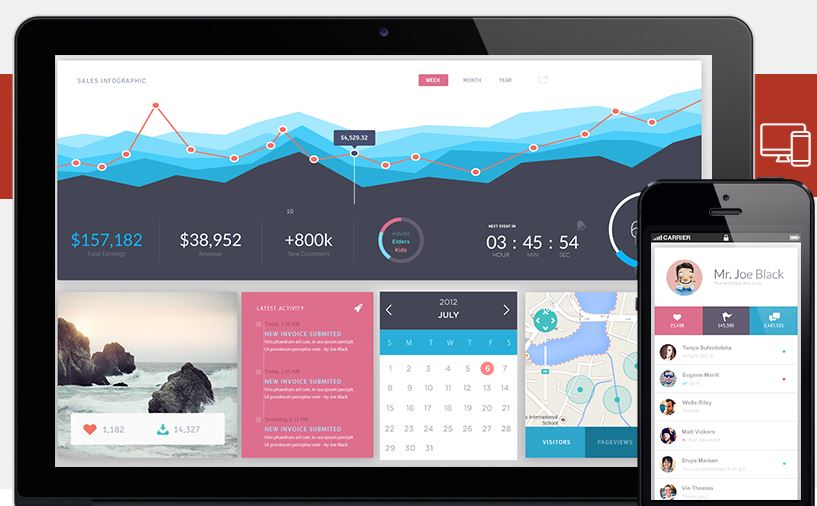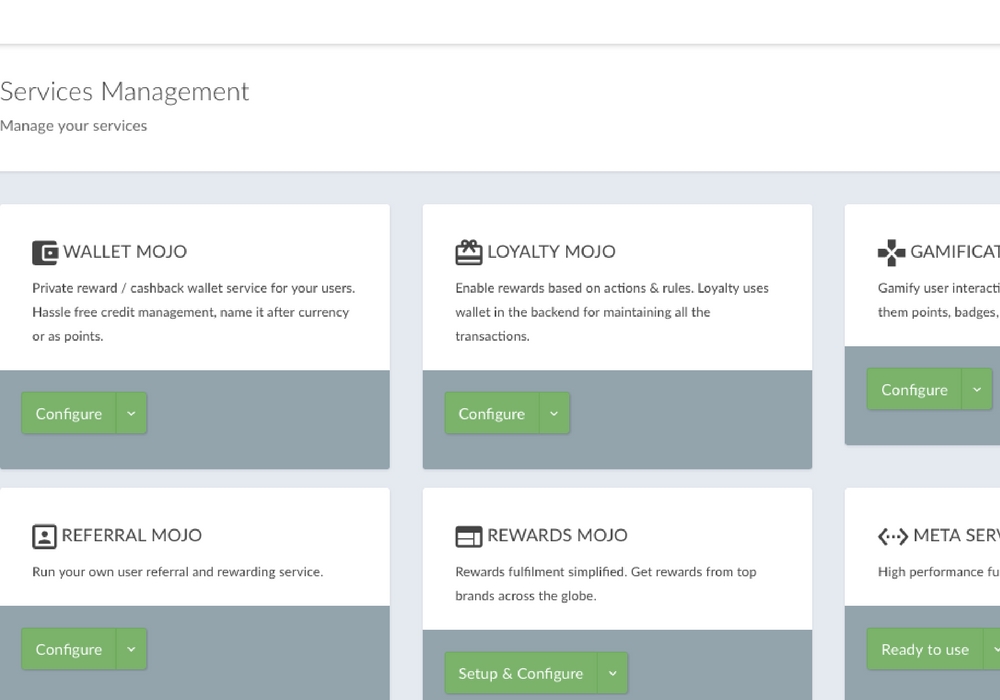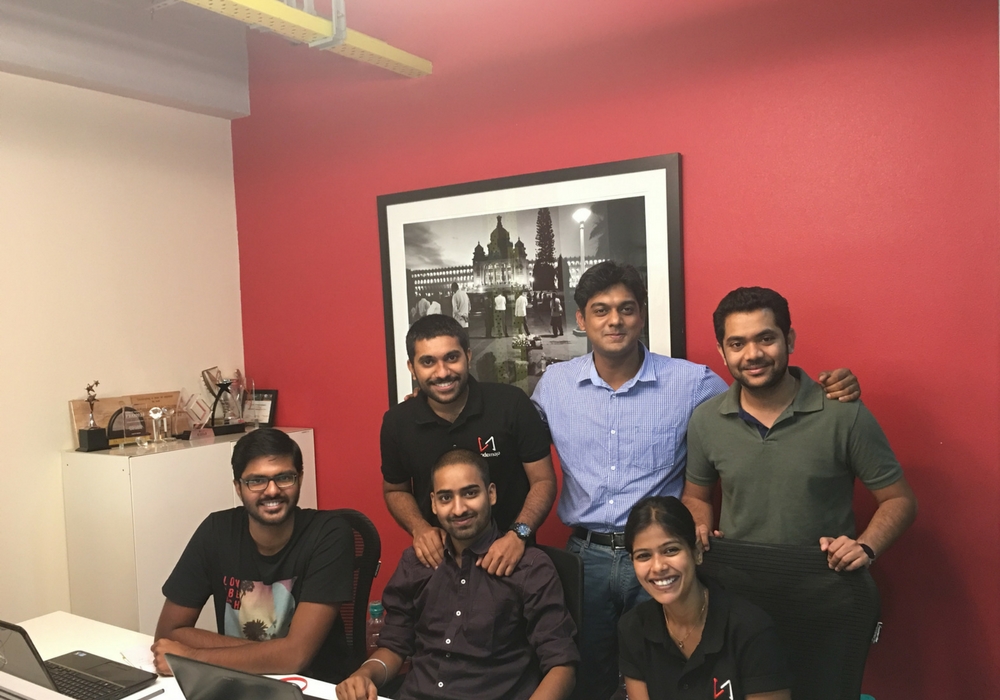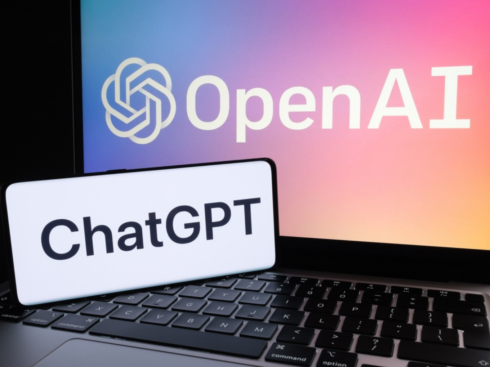Do friends really make the best of partners – when it comes to business?
Shoaib Mohammed and Vijaykrishna Ramanathan seem to think so. Having been friends throughout engineering college in Salem, a small city in Tamil Nadu, the duo walked the corporate walk for the next few years. Vijay ended up working in sales at NIIT, Magzster, and a few other places. Shoaib learnt the nuances of coding after graduating with a Bachelor’s in Electrical Engineering.
And, of course, as most millennials of their ilk, the entrepreneurial bug hit them too.
“Round one of starting up was a company called ShaadiPulse, way back in 2012,” begins Vijay, with a reminiscent smile. It was a wedding services discovery portal for busy urban folk who needed the various functions and events of their wedding catered to under one platform. “Of course, there was no scope for this business to work five years ago so we gave it up in the same year.”
But what it did do was instill a sense of partnership and the confidence of executing a business venture, in the two friends. “We found we could work together.”
With this faith in friendship and a clear sense of responsibilities, the duo founded Codemojo pivoted from their earlier model of D-Rewards – a customer engagement platform that uses gamification, reward and loyalty points to bring consumers, publishers and brands together.

D-Rewards: Not Very Rewarding
2014 was also a time when the tech craze was well and truly catching on in India, becoming more than a buzzword for geeks and nerds. Intending to cash in on this craze, Vijay and Shoaib came up with the idea of deep diving into the fields of customer engagement and brand loyalty for offline stores in Chennai. To begin with, Shoaib created a simple plugin dashboard loyalty programme in three months, for the hospitality industry.
Namely, for hotels and restaurants such as Tiff42, Ben’s Park in Chennai. Like any other loyalty programme, it used to reward loyalty points for every ‘event’ that the customer participated in such as checking into the facility, reviewing it, recommending it to friends. There were also inbuilt systems for tracking regular patrons, converting undecideds into loyal customers and more.
The platform was targeted towards offline brands and businesses such as hotels, spas, restaurants etc. and they were able to scale it to add 150 clients across Chennai and Bengaluru by the end of 2015. But there were challenges. “We were able to sell clients on the idea and the technology but the restaurant business is notorious when it comes to payments. Neither was the idea fundable as it pertained to offline businesses and educating, training grade 10 employees was not feasible either. It’s not like we were building the next Capillary Technologies,” he adds.
From Offline To Online: The First Pivot
D-Rewards’ vision was straightforward – brands (mid- and large-sized) spend a lot of resources in order to acquire users, be they time or money. But when it comes to the next step, customer retention and preventing leakage (the customer not responding to product, branding, unappealing message) these brands flounder on two fronts – creating a system that tracks user information as well as thinks for them in order to engage with them.

This system could very well be applied to every brand under the sun, online or offline, and that is exactly what the duo did. They translated the same principle onto an online business, creating a sector-agnostic loyalty network for businesses to better engage with their customers. Their learning with D-Rewards, the challenges of understanding consumer behaviour and running campaigns and outreach programmes for instant gratification, were incorporated into the product update.
“I had made a lot of contacts with startups and SMBs, our primary target audience. So I very confidently sent off an email blast to my mail list and thought, this was it. Orders would come pouring in.”
To Vijay’s dismay, no one signed up.
The team figured out that a loyalty programme is not a solution for startups and SMBs – their new clients did not have the money to pay for the services being offered. But, there were untapped enterprise clients who were also facing the same problems of ensuring brand loyalty in customers.
The team then updated the dashboard to address three touch points in the customer lifecycle – acquisition, engagement, which leads to retention. They used referrals (points/cash by referring a friend), loyalty points (cashbacks primarily) as well as gamification to change the behaviour of the user to build a custom enterprise O2O solution.
Decoding White Label Wallets, Gamifying User Behavior, And Signing Up Enterprise Clients
2015 was also when the team got into GenNext Hub where they piloted the programme for two months across various verticals and with enterprises such as Reliance Retail, Tata Motors, CarsonRent, and SRL Diagnostics. As the enterprise solution they were building was custom-made, they focussed on the kind of problems each brand faced.
“With Reliance Retail, it was all about mall engagement.” The dashboard executed a campaign that included engagement with every person coming into the mall, franchises and sub-retailers could also participate in the campaign through vouchers/discounts for products, services leading to user discovery.
White labelled wallets (with no watermarks) are yet another way for a brand to keep the user in the cycle. “Our client Cartisan, uses the wallet. What they do is, when they give a discount on the app as 100% cashback in-app, it turns into an incentive for the customer to return and utilise the cashback, make a further purchase to get more discounts and so on.” White label wallets play on the customer psyche of ‘getting something more for something.’
On the other hand, gamification deals with turning dormant customers or casual customers into loyal ones. Gamification ensures this end-goal by either incentivising activities and events inside the app and, at a later stage, turn the same into a habit.
But the timeline for closing these enterprise clients took anywhere from 3-6 months – required the buy in of all the stakeholders in the enterprise chain and educating them about the new technology. “Plus, they always expected a statement like ‘We will do it for free,’’ he adds. He cites the example of client Thomas Cook which happened through cold-calling and was closed in a period of six months over eight meetings – plus, the invoicing cycle with corporates is a long-drawn out process resulting in a less-than-ideal situation for a startup that needed to generate revenue fast.
It was this pain point that led to the next and final pivot for Codemojo.
Becoming A Customer Engagement Facilitator Between Brands And Publishers
“When we were pitching to startups (websites) back in 2015, the first thing that struck us was this – 80% of them refused to do business with us because they did not know what the points system meant, how it works, and how to implement it in the budget they had, which was negligible,” says Vijay.
This question was pertinent because it made the company realise – what if, along with the dashboard plug and play kit for implementing rewards, they could actually provide the rewards to the websites too?
To this end, they approached the marketing teams of their existing enterprise clients and newer ones explaining the process as this: audience attention is waning with traditional modes of advertising (programmatic, display) and customer engagement requires ensuring providing incentives as well as reasons for the user to come to a particular website/brand.
Codemojo then became the middleman for bringing this process to fruition – they went to websites and offered the plug and play kit for free, and went to the brands to give them access to the users of these websites to increase brand reach. The dashboard now consists of every tool that a marketing department might need – user details, footfall, frequency, duration of visit. The customer management system contains comprehensive features going into how many referrals are accepted/waiting, the time of clicking on a particular reward, user details including email, gender and more, reward preferences, geographical analysis, etc. “Think of it as capturing rewards captured in real-time through our algorithms.”
“Brands use advertisement to engage with users and gain their attention. This advertising process now consists of app publishers i.e. websites who are looking to acquire and retain users. With Codemojo, websites are guaranteed more than 50 seconds of engagement per session.”
With this cycle in place, the company went from signing up 20 startups and 15 brands in a month in 2016, to 65 brands including biggies such as OYO Rooms, Big Basket, Tanishq, 1mg etc. Publisher clients include Jarvis, Recipebook, Lokmat, etc. Even Paypal has incorporated Codemojo into some of its programmes such as – job referrals, CSR, L&D (learning and development) courses.

The company finally seems to have gotten its product-market fit right as the company boasts of a network of 23 Mn users (from affiliated publisher platforms), powering 1,500 WiFi hotspots all over India. They charge the brands a monthly subscription fee and share revenue with the publishers. Vijay is reluctant to disclose current revenues, he does mention that they are looking to hit an ARR of $305K (INR 2 Cr)-$343K (INR 2.25 Cr) in the coming financial year and that they are growing at an M-o-M of 50% (with respect to network users).
“Two lines of code – that’s all it takes to plug Codemojo into your system and be up and running. That’s the beauty of having an SDK (software development kit) instead of an API (application programme interface). An API has 10 lines of code.”
Programmatic Rewarding: Taking It To The Next Level
Companies such as Paytm, Freecharge and Mobikwik are already running their own white label wallets, same as Ola, Uber, Zomato etc. Even larger established brands such as Thomas Cook and Starbucks have their own loyalty programmes in place. And, of course, there are a few competitors such as PERK Rewards, Tapjoy, Crownit, InLoyal and mPaani that offer the same suite of services that Codemojo does.
“But you have to understand, all these companies, do it in-circle. Just for their users, ensuring that they keep coming back over and over again. We have taken it to the next level – through programmatic rewarding and opened the doors to enterprises and publishers on mobile, desktops wherever to connect and engage with each other and the users.”
Codemojo also follows the rule of 5 – only five rewards appears per page, per website. “We wanted to eliminate scrolling where users lose interest and at the same time, give them enough on the spectrum of choice that we can learn from too. For instance, if you click on the Box8 cashback reward button once, you’ll not get Box8 again, you’ll get a Swiggy or a Recipebook. We are constantly learning from our users, across all brands and publishers. This is our main differentiator,” says Vijay.
It is with this mindset and the satisfaction of having product-market fit at last, that the startup plans to take their product global to the UAE, after already dipping their toes in Singapore and Dubai. The seven-member team in Bengaluru and Chennai has goals to achieve before they can think of their next fundraise – “We want to double our brand base to 150 before we take it to the next level,” ends Vijay.
Editor’s Note
In 2013, the biggest challenge most Indian tech startups faced was educating the consumer about their product and technology – be it a global enterprise or the average smartphone user. With smartphone penetration in Tier II, III cities and the proliferation of the Internet through Reliance Jio, Airtel 4G etc., the problem has now changed to user retention.
With more than 6 Mn websites running live in India itself and thousands of brands (new and established) looking for visibility and a way to engage their targeted user’s attention, it is but natural for companies such as InLoyal, Codemojo with their deep linking analytics to become a crowd favourite – both in terms of providing user data and the added advantage of keeping the user engaged.
Codemojo does have an issue, though – the founders are constantly looking to innovate, to move beyond the now and anticipate market needs. This has worked out so far in their favour, along with keeping the team lean and having a solid networking base from the founders’ corporate stints. But with new contenders such as Tapjoy mushrooming in to take their place at the forefront, will Codemojo manage to scale without any more pivots? That is what remains to be seen.
Codemojo is part of Inc42’s 42 Fellowship – a year-long fellowship programme for India’s top growing and upcoming startups with the aim to build a close-knit community who can help each other multiply their impact.



























